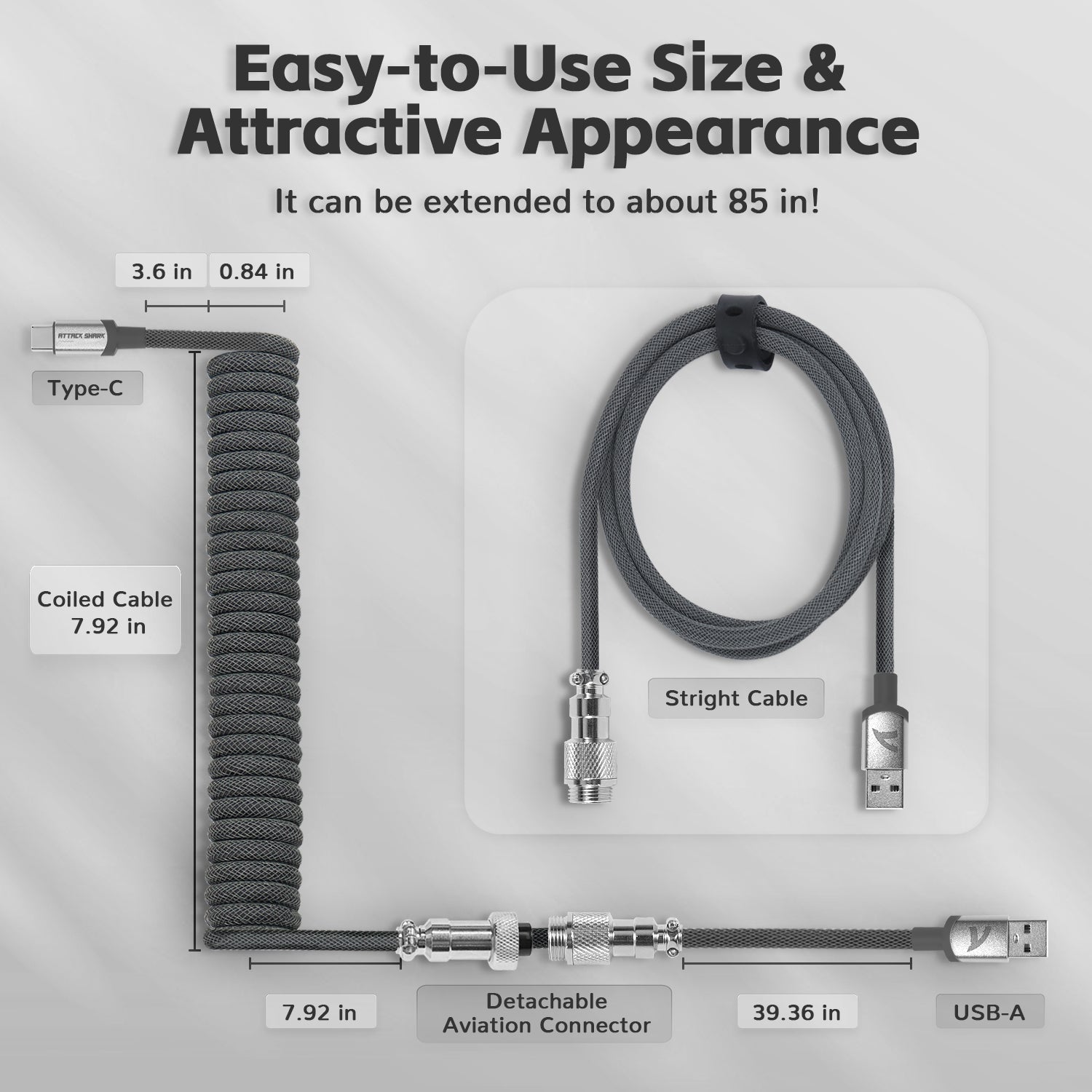Unlock Your Music Potential: The Ultimate Guide to Choosing the Perfect Keyboard Stand!
For musicians, a reliable and comfortable keyboard stand is essential for both practice and performance. It not only supports the instrument but also enhances the overall playing experience by offering the right height and stability. Imagine being lost in your tunes without the distraction of an unstable stand; it can make all the difference in your performance. In this article, we will explore the various types of keyboard stands, the materials they are made from, and the key features to consider when making your choice. Whether you are a beginner honing your skills or a seasoned player preparing for a gig, choosing the right keyboard stand will elevate your musical journey.

Understanding Keyboard Stands
Keyboard stands are specifically designed supports that hold musical keyboards securely in place. Their primary purpose is to provide stability and comfort, allowing musicians to focus on their performance without worrying about their instrument shifting or wobbling. A sturdy keyboard stand can make a significant difference during long practice sessions or live performances, ensuring that your hands can move freely across the keys. My friend Alex, a passionate keyboardist, once mentioned how switching to a better stand completely transformed his playing experience, allowing him to immerse himself in the music without the constant distraction of a flimsy setup.
Types of Keyboard Stands
There are several types of keyboard stands available, each catering to different needs and preferences. The most common types include X-stands, Z-stands, and table-style stands. X-stands are popular for their lightweight and foldable design, making them easy to transport. They are excellent for beginners or those who need a portable option. However, they may lack the stability required for heavier keyboards. Z-stands, on the other hand, offer enhanced stability and can often support multiple keyboards. They are a great choice for professional musicians who require a robust setup. Lastly, table-style stands are ideal for those who prefer a more traditional look and feel, as they resemble a solid table structure, offering ample surface area. While they can be heavier and less portable, their stability is unmatched. Each type has its advantages and disadvantages, so it is essential to consider your specific needs when making a choice.
Key Features to Consider
When selecting a keyboard stand, several key features should influence your decision. Adjustability is crucial; being able to set the stand at the right height can prevent strain during long playing sessions. The weight capacity is another important factor—ensure that the stand can support your keyboard's weight, especially if you have a heavier model. Stability is also vital, particularly if you plan to play energetically or during live performances. Lastly, consider portability; if you frequently move your equipment, a lightweight and easily foldable stand will be advantageous. My buddy Jake, who plays in a band, has shared stories of how a portable stand saved him time during setup and breakdown after gigs, allowing him to focus more on the music and less on logistics.
Materials and Durability
Keyboard stands are made from various materials, each affecting their durability, weight, and overall performance. Metal stands, for instance, are known for their strength and stability, making them ideal for heavier keyboards. Wooden stands, while often more aesthetically pleasing, can be heavier and less portable. They offer a classic look and feel, ideal for home use. Plastic stands are lightweight and often more affordable, but may lack the stability and durability of their metal and wooden counterparts. When choosing a stand, consider how often you’ll be transporting it and the environment in which you’ll be using it. A friend of mine, who often performs outdoors, opted for a metal stand after experiencing the instability of a plastic one during a windy performance.
Setting Up Your Keyboard Stand
Once you have selected the right keyboard stand, proper setup is crucial for optimal performance. Begin by adjusting the height to ensure that your keyboard is at a comfortable level for playing. Your elbows should ideally be at a 90-degree angle when your fingers are on the keys. Placement is also important; make sure the stand is on a flat, stable surface to prevent any wobbling or tipping. Additionally, consider your surroundings—ensure there is enough space around you to allow for movement while playing. My friend Sarah, who is a piano teacher, always emphasizes the importance of correct setup to her students, as it greatly influences their playing comfort and technique.
Enhancing Your Musical Journey with the Right Stand
Choosing the right keyboard stand is a significant step in enhancing your musical experience. From understanding the types of stands available to considering key features and materials, each aspect plays a vital role in your decision-making process. Take the time to assess your specific needs and preferences, whether you prioritize portability, stability, or aesthetics. Remember, the right stand can make a world of difference, allowing you to focus on what truly matters—creating beautiful music. So, unlock your music potential and invest in a keyboard stand that supports your journey.








